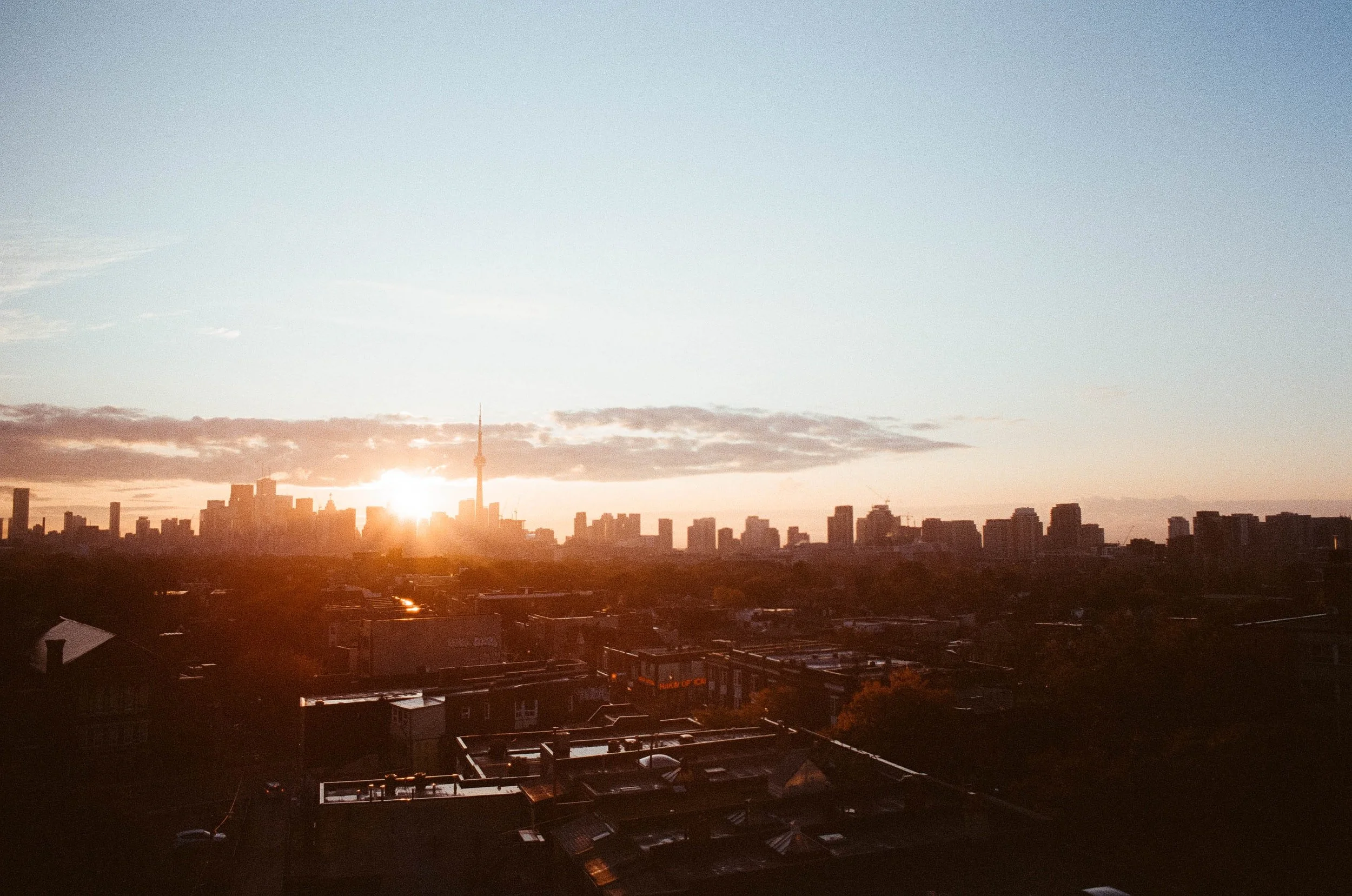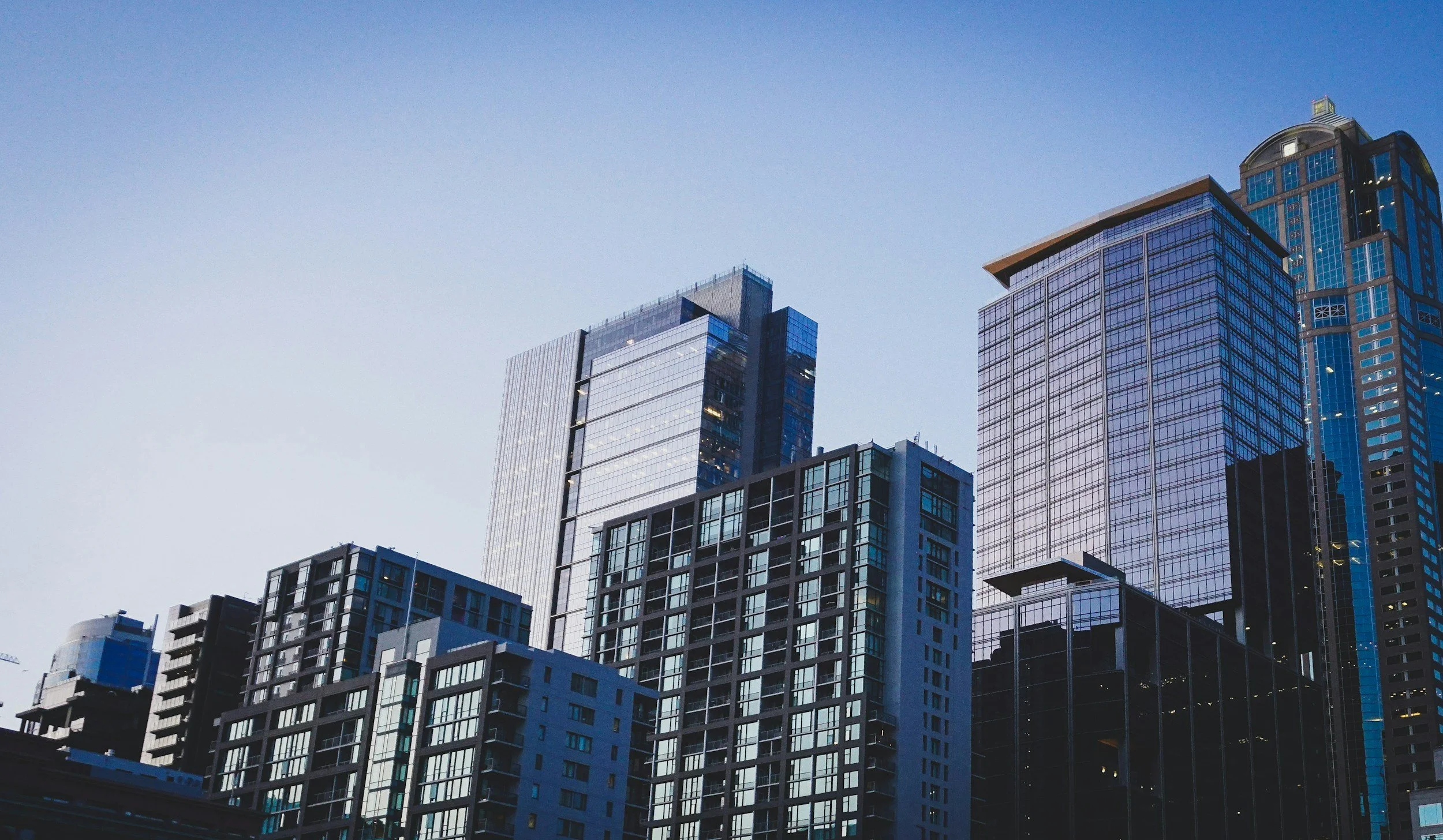The 10 Best Commercial Real Estate Markets in 2022
I recently caught a new study by Urban Land Institute that got me thinking about the future of commercial real estate.
Specifically, the what and where of our industry.
The study listed the ten best commercial markets for 2022 (see them below), along with a handful of key trends/factors that made them so.
If you know me at all, you know that I’m a heavy researcher of our business, but I usually take that research, run it through my own day-to-day experience, and often produce my own ideas from it.
This case is no different. What do I want to see in a city in the context of investment potential for the future?
Here are the four essential factors I came up with:
Consistent Growth
The Overall Economic Environment
A Business-Friendly Environment
The Demographics
Let’s take a moment to look a little more closely at each of these in order to determine the what and where of your next commercial real estate investment…
1. Consistent Growth
What’s that old saying? If a business is not growing, it’s dying.
Something like that and it rings true for towns and cities as well.
For a market to be hot, it needs to be growing. There needs to be a dynamic electricity about the place that everyone can feel and see.
Businesses booming, homes being bought and built, people out on a Friday night enjoying their neighborhoods.
Today, we see this with great migrations of people moving from places like California and New York to places like Tennessee, Idaho, Texas, and other states.
And yes, these consistent growth patterns can also bring problems and frustrations with them. Natives may not like the idea of all these “new folks” moving in, traffic becomes an issue (maybe for the first time), and real estate prices skyrocket.
But…
Without those growing pains, without that consistent growth, the alternative can be disastrous to a market’s ability to compete, prosper, and maybe even survive.
So what kind of growth should you be looking for? There are a lot of numbers out there, but I think an average addition of 80 residents a day into a market is healthy.
If you’re working to become a successful commercial real estate investor (or developer), ignore the metric of consistent growth at your peril!
2. The Overall Economic Environment
The economic environment of a given market can be a tricky thing to look at because many of the factors that go into it are simply beyond your control.
Nearly all of the markets listed below have enjoyed favorable economic conditions for some time… some for many years!
When you’re looking at the economic climate of an area through the eyes of a commercial real estate investor, you want to look at a few key factors. Here are a few to consider:
Competition
Inflation
Demand
Market Size
Supply & Demand
Interest Rates
Unemployment
Now, not all of these may apply to a particular project you’re working on or to the investments you want to make over the next decade, but that’s a good snapshot list to consider.
And again, many of these factors (maybe all in some instances) are completely out of your control. This means the only control you have over them is to move on.
That’s right if the economic environment of the market you’re in doesn’t align with your ability to invest or your goals, “no” is always an option.
And that doesn’t mean you have to pack up your life and move to one of the ten cities I’ll list later.
These days, it’s easier than ever to invest in commercial real estate anywhere, from anywhere.
3. A Business-Friendly Environment
This is an easy one.
Since all of you will be investing in properties that are businesses themselves, you want to know that your local, county, and state governments have your back as much as possible.
And for many of you, your assets will house the businesses that drive local and regional economies… retail, office, industrial, and so on. If your tenants in those situations can’t operate efficiently because of an unfriendly business environment, well, there may come a time when you have no tenants!
I know, the relationship between business and government can be challenging, even in the best of situations, but there are places in our great country that default to business-friendly.
If you’re not in one of those areas – to reference the last section of this article – you either need to move or invest at a distance (which is NOT as difficult or scary as you might think).
So what does a business-friendly environment look like?
Most entrepreneurs would probably start with taxes. We all know that taxes are something we all have to live with. Still, if you’re having difficulty keeping your head above water because your elected officials seem to believe that what’s yours is theirs, that’s objectively not business-friendly.
Evidence of a business-friendly region would be consistent growth (see #1 above). Are new businesses opening in your area, or are existing businesses moving from out of state? If so, that can be a very good sign.
You’ll also want to look closely at operating and building regulations, both city and county. For instance, when it comes time to renovate your building, or add on in a significant way, permitting is a thing. If your plans are reasonable, you want to be able to conceive and execute them in a timely manner.
And the last thing I’d mention goes hand in hand with the idea of growth, but let’s separate it and call this one publicity. What is the world saying about your area? Are you landing on “Best Places to Live” lists? Is Amazon or Facebook lobbying to build a new office in your downtown core? Perception matters because the rest of the world sees those headlines as well, and people always want to be part of a new gold rush.
Long story short, for your sake, and the sake of your tenants, invest in assets that enjoy a business-friendly environment!
Trust me. It will make your work and life much easier.
4. The Demographics
For our purposes, let's define demographics as the varied characteristics of (human) populations living in specific geographic areas.
You could slice this up by population size, density of region, population growth rate, migration, vital statistics, and a population's effect on socio-economic conditions.
Yeah, that's a mouthful. Let's simplify…
When looking at demographics through the lens of commercial real estate investment, a few stick out to me as particularly important.
Population Size
Your property needs to live in a geographic area with enough people to either support it directly or to support the tenants you'll be leasing to. The specific number here varies based on the type of property you own, or the types of businesses you rent to.
Population Growth
See section #1 of this article for more, but similar to overall size, your asset will need a certain amount of consistent growth to meet the population's demand. More growth generally means more opportunity for tenants, more opportunity for customers for those tenants, and more potential for both immediate cash flow and long-term ROI on your investment.
Income
Can a large enough portion of the population in your area support your investment? For instance, if you want to invest in the industrial sector, but there are next to no eCommerce businesses operating there, you might be in some trouble. Similarly, if you're primarily in the retail space, are there enough retailers to rent to, and are there enough people with an income level that can support those retailers (your tenants)?
Those are just a few demographic considerations you need to consider before investing in a particular area.
Remember this: As a commercial real estate investor, you're doing much more than merely placing your capital into a vehicle you hope will give you a return. In one way or another, what you're doing is serving the people who live in proximity to your property.
The big lesson in studying demographics is never to forget your audience!
The 10 Best Commercial Real Estate Markets in 2022
OK, so this is what you’ve been waiting for, right?
Here’s that list, according to the Urban Land Institute:
Nashville, TN
Raleigh/Durham, NC
Phoenix, AZ
Austin, TX
Tampa/St. Petersburg, FL
Charlotte, NC
Dallas/Ft. Worth, TX
Atlanta, GA
Seattle, WA
Boston, MA
How does that list strike you? Do you live in or near one of these cities? Do you feel the growth and potential that appears to be showing on paper and in reposts like this?
And most importantly, does it inspire you to invest in commercial real estate in any of these areas?
I’d love to hear from you. I try to always keep on top of trends in as many markets as I can, but there’s nothing like the real information you get from real people living real lives on the ground!
Want a Little More Guidance on Commercial Real Estate Markets?
In my opinion, these four main factors can continue to drive commercial real estate in these ten cities/areas for years to come.
And, of course, other places can (and should!) join them on that list. All it takes is planning, patience, and action.
But these factors are just the tip of the iceberg in terms of the knowledge you need to become a competent and then excellent commercial real estate investor.
Got more questions about hot markets or investing in commercial properties? My team and I are always available with answers for you.
For over three years, we’ve run a commercial real estate syndication in greater Nashville, TN.
If the idea of an opportunity to build long-term, generational wealth while taking advantage of truly passive income is interesting to you, we’d love to talk.
Click here if it’s time YOU invested in commercial real estate.










If you’ve been investing for a while, you know the grind.
You’ve closed deals, managed contractors, worked through leases, and seen both wins and setbacks. Maybe you’ve owned single-family rentals, a few duplexes, or even some small commercial buildings. You understand the fundamentals: how to run numbers, navigate debt, and keep properties occupied.
But here’s a question that hits at a different level: are your investments giving you leverage or just more responsibility?
As your portfolio grows, so does the complexity. More tenants often mean more phone calls. Bigger buildings bring additional systems, staff, and liability. And while your equity might be growing on paper, your time can get stretched thin across too many directions.
That’s why more experienced investors are quietly shifting toward asset classes that offer something rare in commercial real estate: simplicity that still delivers strong returns.
Two of the most overlooked categories in this space are flex industrial and industrial outdoor storage (IOS).
They’re not flashy. You won’t find them in luxury investor decks or high-end brochures. But these properties produce solid returns, attract long-term tenants, and are surprisingly light on operational headaches. Best of all, they give seasoned investors a way to keep growing without being consumed by the demands of their portfolio.
In this post, we’ll walk through:
What makes flex and IOS so attractive
The numbers behind why they work
How they fit into a growing portfolio
And why they might be the most strategic asset class you haven’t explored yet
This is not about going bigger for the sake of scale. It’s about going smarter.
Because the goal is not more units. It’s more freedom.